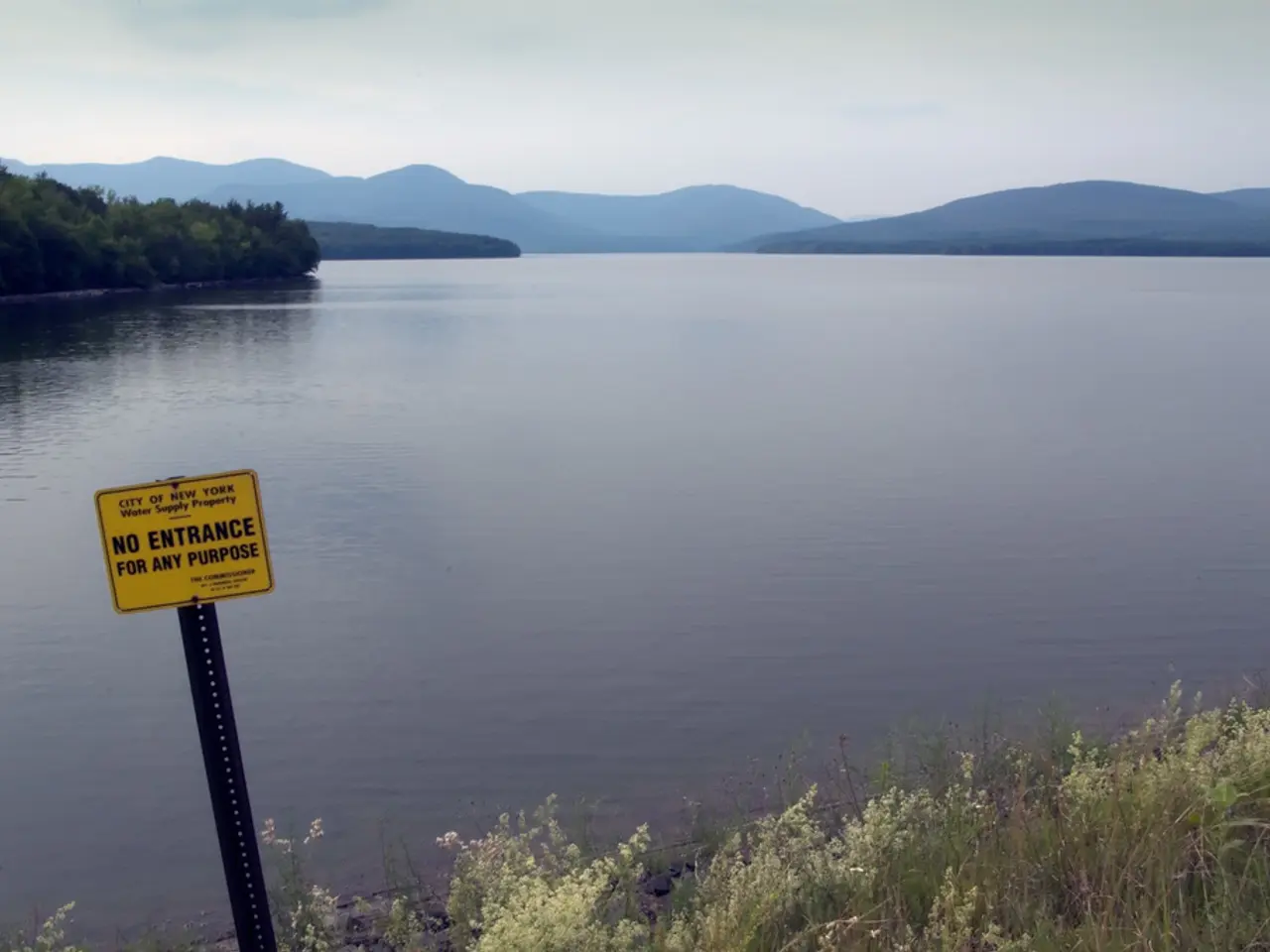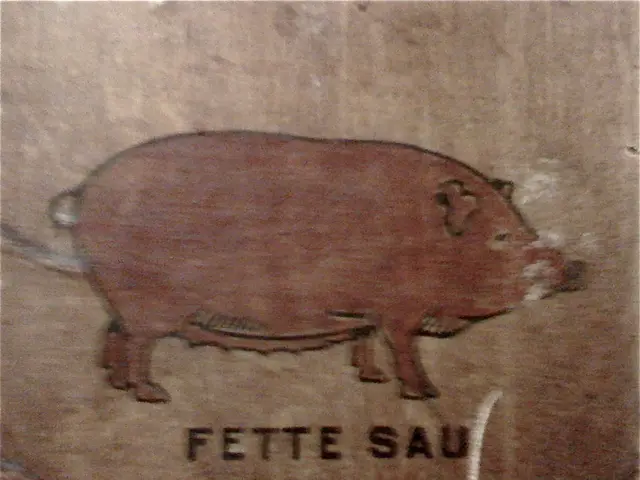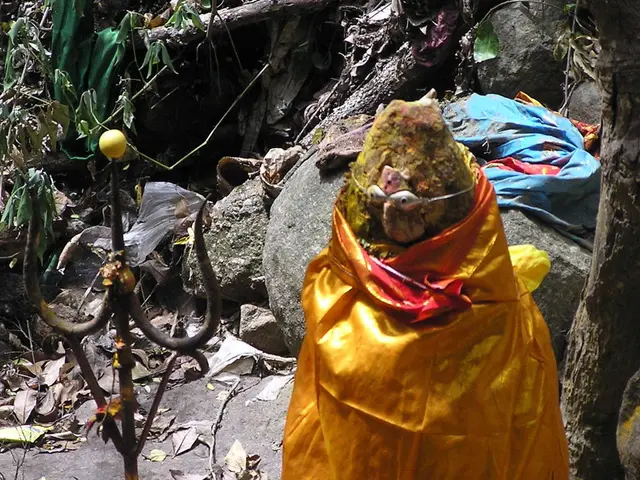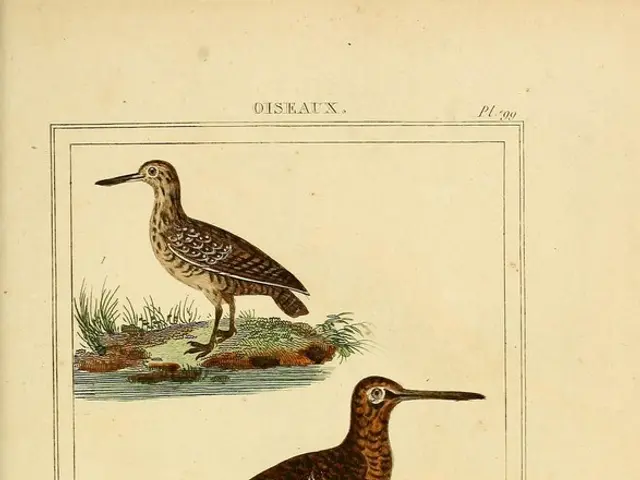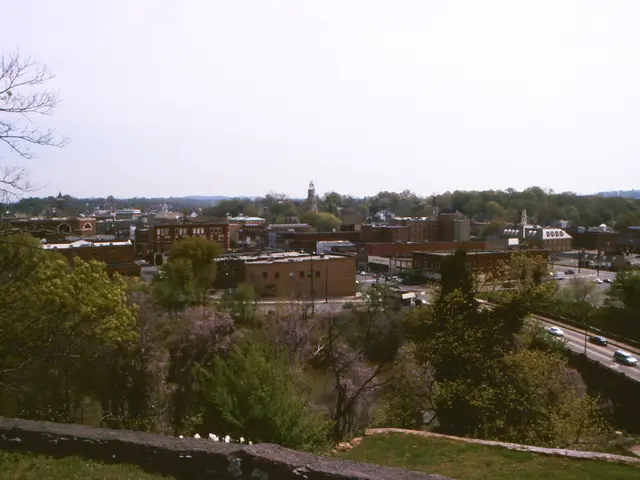Restored Pelican Nesting Site After BP Oil Spill, Reached After a Decade
Queen Bess Island, a wisp of sand in Barataria Bay northeast of Grand Isle, Louisiana, has become a crucial nesting ground for brown pelicans. This small piece of land, once home to thousands of these majestic birds, faced numerous challenges over the years, but recent restoration efforts have breathed new life into the brown pelican colony.
Before the first use of DDT in 1945, as many as 85,000 brown pelicans nested on the shores of Louisiana. However, the use of DDT and other pesticides running off farmlands into the Mississippi River in the 1940s caused the eggs of large predatory birds, including brown pelicans, to have thin shells that were crushed under the weight of their parents during incubation. By 1963, every last brown pelican had vanished from Louisiana due to DDT and other factors.
Fast forward to the late 1800s, and another threat emerged. The gunners, as the feather hunters were called, raided nesting rookeries and killed birds by the thousands. This rampant hunting nearly wiped out the brown pelican population.
In the early 1900s, ornithologist Frank Chapman observed brown pelicans on their island nesting grounds in Florida. Chapman, who later moved to Louisiana, used a portable blind to secretly watch and photograph brown pelicans in their natural realm. His observations provided valuable insights into the pelicans' behaviour and nesting habits.
The restoration of Queen Bess Island began in September 2019, at the end of the brown pelican nesting season. Contractors fortified an existing rock ring, dredged sand from the Mississippi River, and created breakwaters offshore on Queen Bess Island to provide a variety of habitats for the birds. These efforts were coordinated and funded by the Louisiana Office of Coastal Management.
In 2018, biologists counted 6,600 nests on Queen Bess Island, a significant increase from previous years. Last year, only five acres of Queen Bess Island were usable due to hurricanes, coastal erosion, land subsidence, and oil spill fouling. Despite these challenges, brown pelicans have shown remarkable resilience and have kept coming back to their nesting grounds.
In 2019, biologists attached identifying bands to the legs of 500 brown pelicans on Queen Bess Island to track their movements. The birds with red leg bands have been spotted in Georgia, Florida, Texas, and southwestern Louisiana, indicating a growing population and successful migration.
The restoration measures on Queen Bess Island after the brown pelican colony began in 2019 were supported by $200 million from the spill settlement slated specifically for bird conservation in Louisiana. This funding, coupled with ongoing efforts by the Louisiana Department of Wildlife and Fisheries, offers hope for the continued recovery of the brown pelican population in Louisiana.
Todd Baker, a biologist with the Louisiana Department of Wildlife and Fisheries, expressed optimism about the future of the brown pelicans. "Brown pelicans are genetically resilient and have shown remarkable ability to adapt and recover," he said. "With the right habitat, they will continue to thrive."
Indeed, the resurgence of brown pelicans on Queen Bess Island is a testament to the power of conservation efforts and the resilience of nature. As these majestic birds continue to return to their nesting grounds, we can only hope that their numbers will continue to grow, and their presence will become a symbol of the success of conservation efforts in Louisiana.
